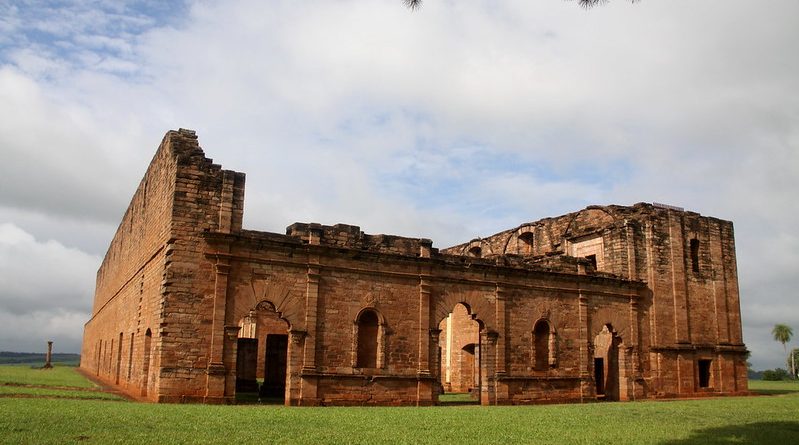Jesuit Ruins of Paraguay
During colonial times Jesuit missionaries from Spain were active across Latin America seeking to convert the native populations to Christianity .
The survival of Guarani in Paraguay was in one sense was assisted by the Jesuits who were responsible for turning their purely oral language into a written language. Even the missions left their mark on the Guarani. Here, they created enclaves where both the Guarani race and language could continue in a pure form for 150 years – until the expulsion of the Jesuits in 1768.
In the rest of the continent the process of integration of the indigenous into Spanish life began much earlier.
The Mission Santa Maria de Fe has the best museum on Jesuit missions in Paraguay .A community of black howler monkeys inhabit the trees on the main plaza.
The Mission Trinidad is the most famous of the Jesuit ruins as it was made out of stone & therefore hasn’t experienced the level of deterioration others have. The mission, built with reddish colour stones is considered to be the largest of all the Paraguayan Jesuit Reducciones. It has the largest temple of any of the other ruins and was one of the most important missions in the region. The temple has an altar that is carved from one single, large piece of stone.
Mission Jesus de Tavarangue, was established in 1685 and was populated with natives from other missions in Paraguay. Construction on the massive stone church began in the 1750’s, but the church was never completed. When the Jesuit’s were expelled from Paraguay in 1767, the church was still many years away from being finished. Had it been completed, the Jesus mission would have had one of the largest churches of the missions.
Mission San Cosme y Damian is one of the more unknown Jesuit sites . The site is full of beautiful wooden sculptures depicting angels and demons and saints; an image of Jesus Christ with an Indian face and a Saint Michael killing the dragon, very popular in traditional Christian art. There is also an astronomic observatory here – established back in 1703.




